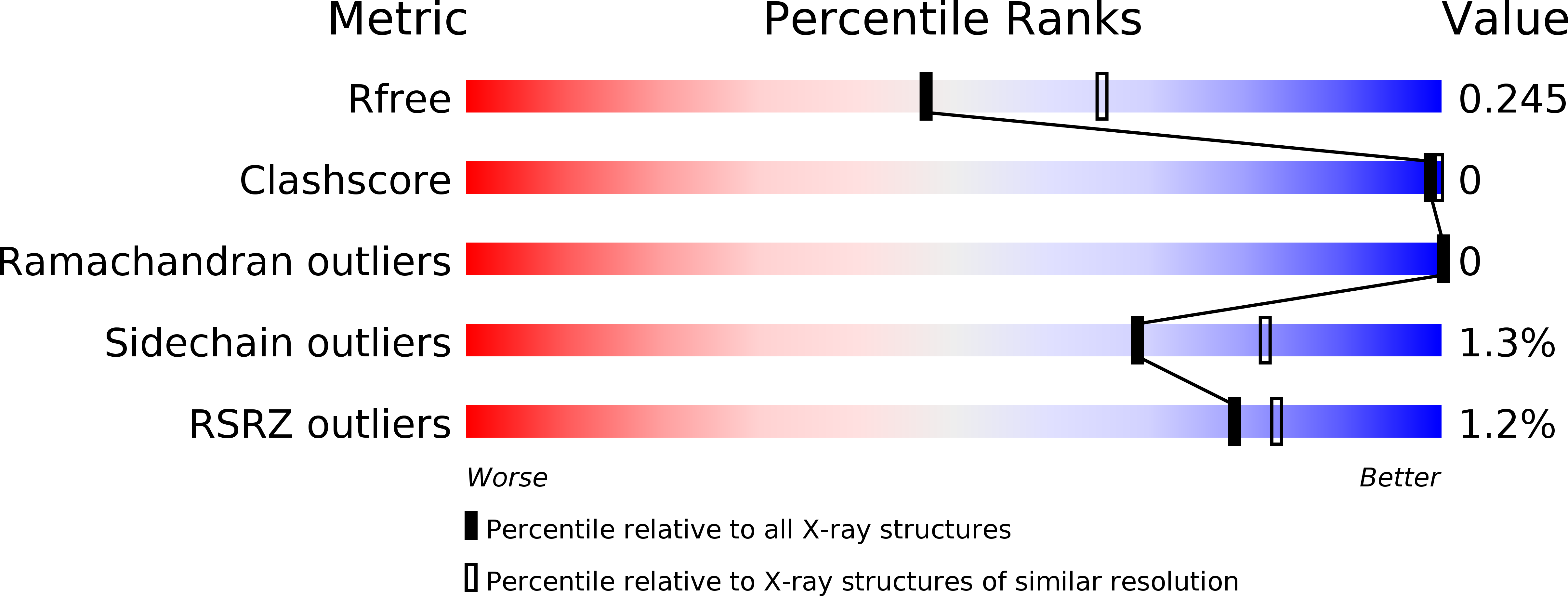
Deposition Date
2013-06-01
Release Date
2016-11-09
Last Version Date
2024-11-20
Entry Detail
PDB ID:
4L0W
Keywords:
Title:
Plasmodium yoelii Prx1a modified at the N-terminus forms an artifactual octamer
Biological Source:
Source Organism:
Plasmodium yoelii yoelii (Taxon ID: 73239)
Host Organism:
Method Details:
Experimental Method:
Resolution:
2.29 Å
R-Value Free:
0.24
R-Value Work:
0.19
R-Value Observed:
0.19
Space Group:
P 4 2 2


